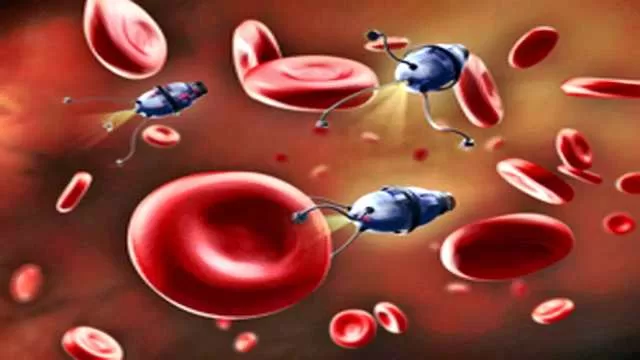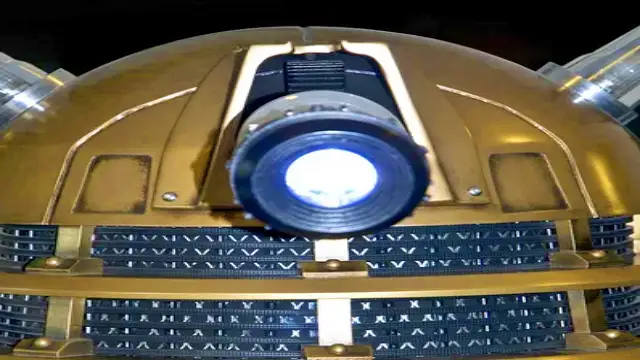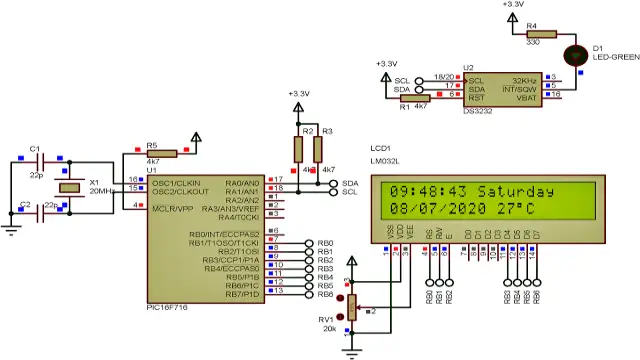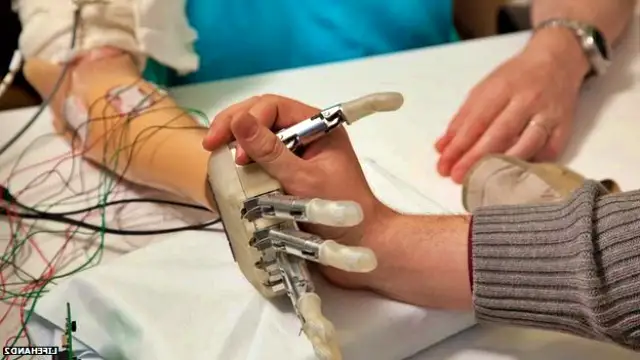Imagine a world where microscopic robots could enhance our physical capabilities and transform the way we interact with technology. This vision is no longer just science fiction, as researchers are making remarkable strides in the field of microbots – tiny, intelligent machines that could profoundly impact our lives.
These miniature marvels are not just a figment of our imagination; they are very much a reality, and their potential applications are truly astounding. From strengthening our muscles to rewiring our electronic devices, microbots are poised to revolutionize various aspects of our lives.
One of the most exciting developments in the world of microbots is their ability to enhance our physical capabilities. Researchers have discovered that these tiny robots can be programmed to work in tandem with our muscles, providing an extra boost of strength and endurance. Imagine being able to lift heavier weights, run faster, or perform tasks with greater ease – all thanks to the power of microbots.
“The idea of using microbots to augment our physical abilities is truly fascinating,” says Dr. Emily Chen, a biomedical engineer at the Massachusetts Institute of Technology. “By integrating these tiny machines with our muscle fibers, we can unlock new levels of human performance, opening up a world of possibilities for athletes, laborers, and anyone looking to enhance their physical capabilities.”
But the potential of microbots extends far beyond physical enhancement. These remarkable machines are also poised to revolutionize the way we interact with electronic devices. Researchers have developed microbots that can seamlessly integrate with circuit boards, allowing for the precise and efficient rewiring of electronic components.
“Imagine being able to repair or upgrade your smartphone, laptop, or any other electronic device simply by deploying a swarm of microbots,” explains Dr. Liam Fitzgerald, a computer scientist at the University of California, Berkeley. “These tiny robots can navigate the intricate pathways of our devices, making adjustments and modifications with a level of precision that would be impossible for human hands.”
This technology could have far-reaching implications, from extending the lifespan of our electronic devices to enabling on-the-fly customization and personalization. Imagine a future where your smartphone can adapt to your specific needs and preferences, all thanks to the power of microbots.
The development of microbots is not without its challenges, however. Researchers must overcome hurdles such as miniaturization, power supply, and precise control to ensure these tiny machines can function effectively and safely. Additionally, there are ethical considerations to be addressed, as the integration of microbots with our bodies and devices raises questions about privacy, security, and the potential for misuse.
Despite these challenges, the excitement and potential of microbots are palpable. As the technology continues to evolve, we can expect to see even more remarkable applications emerge, from medical implants that can monitor and treat diseases to smart fabrics that can adapt to our environment.
“The future of microbots is truly limitless,” says Dr. Chen. “As we continue to push the boundaries of what’s possible, I can’t wait to see how these tiny powerhouses will transform our world and enhance our lives in ways we never thought possible.”
So, the next time you lift a heavy object or interact with your electronic devices, remember the tiny heroes that may be working behind the scenes – the microbots that are poised to redefine the limits of human potential and the way we engage with technology.





















